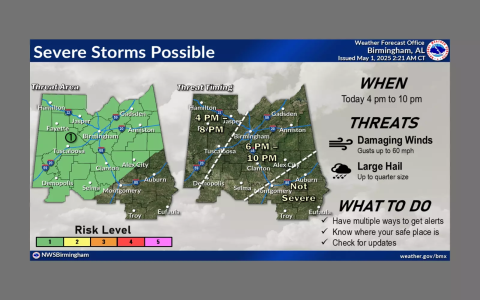Changing the serpentine belt on a 2004 Pontiac Grand Prix requires precise routing reference. Failure to correctly route the belt damages components instantly.
Essential Preparation & Safety
- Consult the Engine Diagram: Locate the specific diagram sticker mounted on your Grand Prix (radiator support, fan shroud, or hood underside). If missing, source an accurate reference for the 3.8L V6 engine before proceeding.
- Required Tools: Breaker bar or serpentine belt tool compatible with the tensioner pulley square drive, appropriate socket wrench.
- Critical Safety: Remove key from ignition, engage parking brake. Ensure hands/jewelry are clear of rotating components.
2004 Grand Prix Execution Steps
- Trace & Verify Routing: Carefully match existing belt path to your Grand Prix diagram sticker. Identify the auto-tensioner pulley.
- Relieve Tensioner Pressure: Insert breaker bar/tool into tensioner pulley drive. Rotate slowly clockwise (facing engine) until tension releases sufficiently for belt removal.
- Slip Belt Off: Remove belt from accessible drive pulleys while maintaining tension on the tensioner.
- Install New Belt: Thread the new belt onto all pulleys except the tensioner pulley first, following the diagram precisely. The final section slips onto the tensioner pulley.
- Final Routing Check: Triple-check the belt path against the diagram ensures it sits correctly in every pulley groove before release. Pay specific attention to alternator, water pump, and smooth idlers.
- Release Tensioner Gradually: Slowly rotate the tensioner counter-clockwise to apply tension. Verify belt tension is uniform.
Critical Post-Installation
- Rotate Crank Pulley Manually: Turn crankshaft bolt clockwise using a socket/wrench 2 full rotations. Confirm belt tracking remains centered on all pulleys without skipping or rubbing.
- Inspect Pulley Alignment & Condition: Misaligned pulleys or severely worn bearings cause rapid belt failure. Address immediately if noted.
Pro Tip: Always use the vehicle-specific diagram; generic routing guides often omit critical idler pulleys unique to this application.

